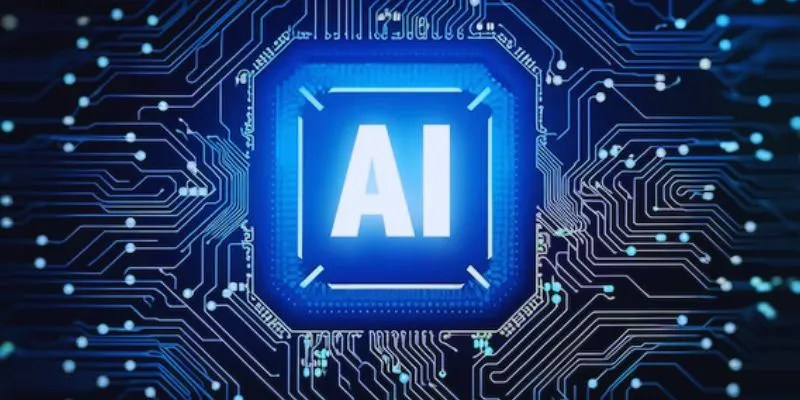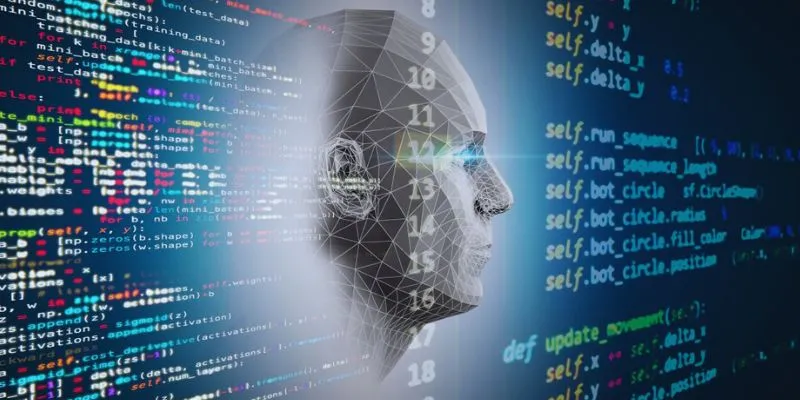Generative artificial intelligence models are transforming how we create, analyze, and share information. However, this convenience comes with significant risks. In today’s AI-driven world, one of the most pressing concerns is data leakage. Sensitive corporate information , client records, or internal documents can be inadvertently exposed. Many organizations tend to overlook the inherent privacy risks associated with artificial intelligence technologies.
Data leaks can occur even from seemingly harmless interactions. Therefore, it is crucial for both individuals and businesses to understand generative AI privacy risks. Preventing AI data leaks requires proactive measures, including clear policies, secure systems, and prudent use of technology. As AI usage increases, the prevention of data leaks must take center stage. Let’s delve into the risks, consequences, and best practices for safeguarding sensitive AI data.

How Data Leakage Happens in Generative AI?
Generative AI systems learn from extensive databases that often include private or sensitive data. This can inadvertently include consumer conversations, medical records, or emails. When AI models generate responses, traces of this data may resurface. Regular interactions with AI can unintentionally expose users to confidential information, especially if models are trained without stringent safeguards. This often happens when companies fail to monitor the data inputs going into the model. Poorly constructed prompts can also reveal private information or sensitive internal details.
Open AI APIs or cloud-based solutions increase the risk if access controls are inadequate. Hackers may exploit AI to retrieve stored training data. Without proper policies, employees might accidentally disclose information when interacting with AI systems at work. When combined with AI’s deep learning capabilities, even anonymized data can reveal identities. Generative AI privacy concerns often stem from unregulated datasets and untrained users managing sensitive data.
Consequences of AI Data Leakage
The repercussions of AI data leakage can be severe for both individuals and organizations. Personal privacy invasions can lead to fraud, identity theft, and reputational damage. Companies may face lawsuits, fines, or a long-term loss of trust from clients and stakeholders. Leaked intellectual property can give competitors an unfair advantage in industry or research. Unauthorized healthcare data leaks can undermine patient safety and trust. Financial institutions may lose sensitive transaction records or customer account information to malicious actors.
Exposed confidential documents can lead to national security breaches within government agencies. Leaked private messages or images can even impact social networking sites. AI-induced data breaches can result in millions of dollars in damage control and recovery costs. Once AI releases data, tracking or completely eradicating it becomes challenging. Rebuilding trust after a data breach is both time-consuming and costly. Preventing AI data leaks should focus on protecting individuals, businesses, and critical data systems.
Common Sources of Generative AI Leaks
The primary cause of generative AI data leaks is often the training datasets. Developers may incorporate public or scraped data without proper authorization or vetting. Training inputs can include emails, service tickets, or past chat logs. Cloud storage associated with AI systems can expose files if not properly secured. Third-party APIs or plugins may lack necessary privacy safeguards or encryption. Sometimes, developers hastily fine-tune models without adequate data sanitization processes.
Low-budget AI programs risk dangerous or duplicated data reuse by skipping audits. Insider threats may also leak data by feeding sensitive information into AI systems. A lack of clear employee policies can lead to accidental exposure through AI searches related to work. Often, public AI technologies retain suggestions and use them to refine future outputs, creating a cycle where user-submitted data reappears in subsequent AI outputs. Preventing AI data leaks requires awareness at every stage of the development and implementation process.
Best Practices to Prevent AI Data Leakage
Understanding what data feeds into your AI systems is crucial in preventing AI data leaks. Always screen and sanitize training datasets for any personal or sensitive information. Store AI models and data in secure cloud environments with protected access. Limit who can use AI tools, especially those that save or recycle user input. Train employees to avoid entering sensitive data into public AI tools. Establish clear AI use policies that define data restrictions and acceptable behaviors.
For sensitive corporate processes, opt for internal AI solutions instead of public ones. Regularly audit prompts, outputs, and system logs to identify early signs of leakage. Enable monitoring and logging to detect unauthorized access or suspicious activity. During model training, employ privacy- preserving techniques like differential privacy or data masking. Collaborate with AI companies that prioritize compliance, privacy, and security. AI data leak prevention should be integrated into broader cybersecurity and risk management strategies.

Legal and Ethical Considerations
Today, data protection regulations govern how generative AI accesses and stores personal data. Laws such as GDPR or HIPAA impose penalties for exploiting private information. Companies must demonstrate adherence to best practices to protect medical or consumer data. Many countries are crafting specific AI regulations focused on transparency and accountability. Ethically, AI models must respect fairness, privacy, and consent in their data usage.
Users should be informed if AI systems store or reuse their data. Neglecting this affects consumer trust and the reputation of technology companies. Privacy should be integrated into every design phase by AI developers, not just post-launch. AI product design must incorporate informed consent and transparent disclosures. If a data breach occurs, companies need to respond swiftly and transparently. Legal teams should collaborate with engineers to ensure all tools comply with current data regulations. At every stage, ethical responsibility should guide both AI developers and end-users.
Conclusion
Generative artificial intelligence, while offering immense capabilities, poses significant privacy challenges. Unintentional data leaks can impact individuals, organizations, and entire sectors. Preventing data leaks starts with recognizing their potential occurrence. Organizations must invest in tools, policies, and training to protect sensitive AI data. Users should remain vigilant and avoid submitting private information to AI tools. AI data leak prevention requires a combination of technology, awareness, and compliance. Stay informed and proactive to minimize generative AI privacy risks for all involved. In the modern AI-driven world, the best defense is prevention.
 zfn9
zfn9























